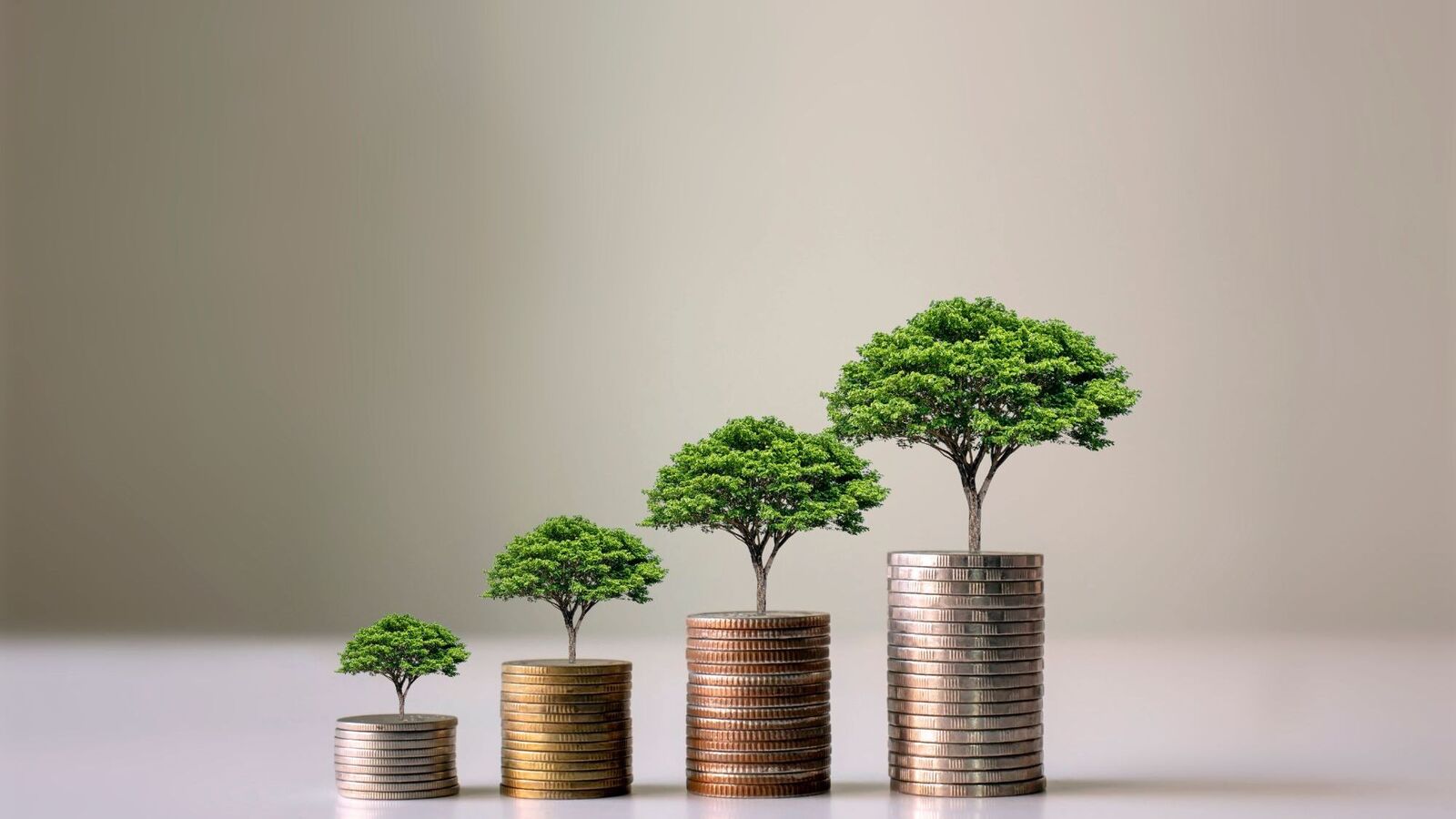Investment word of the day: Compounding — what is it, how does it work and more

Most investors are often curious about how much they will earn from a sum of money invested over a period of time or whether they will only make gains with the initial investment. This is where the concept of compounding becomes important.
What is compounding?
Compounding is a financial concept that describes the process of earning interest on both the principal amount and accumulated interest over a period of time. It refers to the ability of the base amount invested to grow in the long term with regular interest additions.
How does compounding work — an illustration
For instance, you invest ₹10,000 in a company. After one year, the shares of the company rose 10 per cent, and the value of your investment now becomes ₹11,000. Let’s assume that in the next year, the shares of the company again rose 10 per cent. Now, the value of the investment stands at ₹12,100. Hence in the second year, your investment grew by ₹1,100 instead of ₹1,000 in the previous year. This process continues as the amount invested multiplies with the principal amount.
What is the formula for compounding?
Here’s the formula for calculating compound interest:
In the formula mentioned above,
A = future value of the investment, it will include interest as well
P = principal amount or the initial investment
n = number of times that interest is compounded every year
t = total number of years the money has been invested in
Why does compounding matter?
The impact of compounding can be significantly observed in the long term. One of the major benefits of compounding is it reinvests interest gained over the previous years, resulting in higher growth. This helps to generate added returns over a period of time. Hence, longer investments are expected to generate higher returns.









